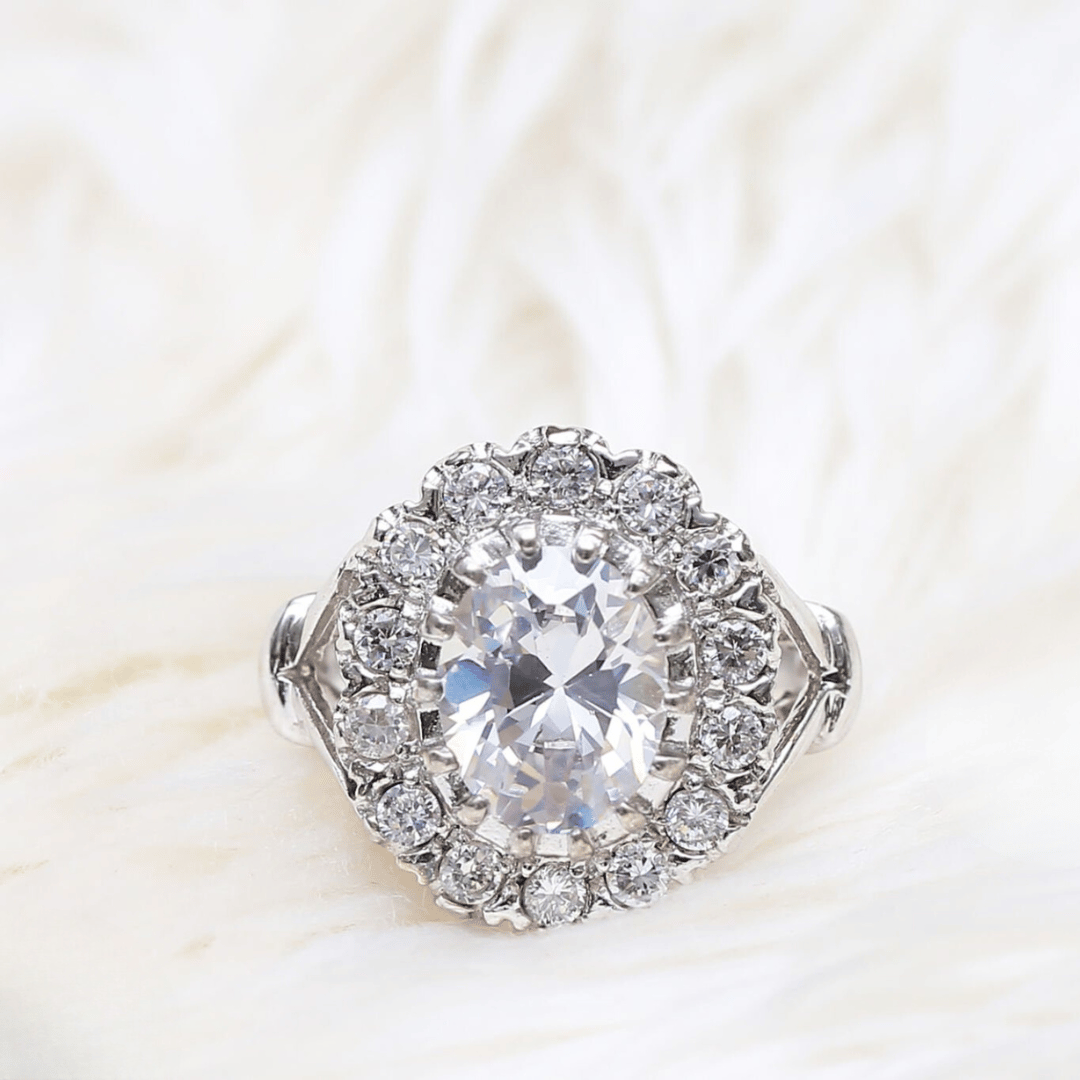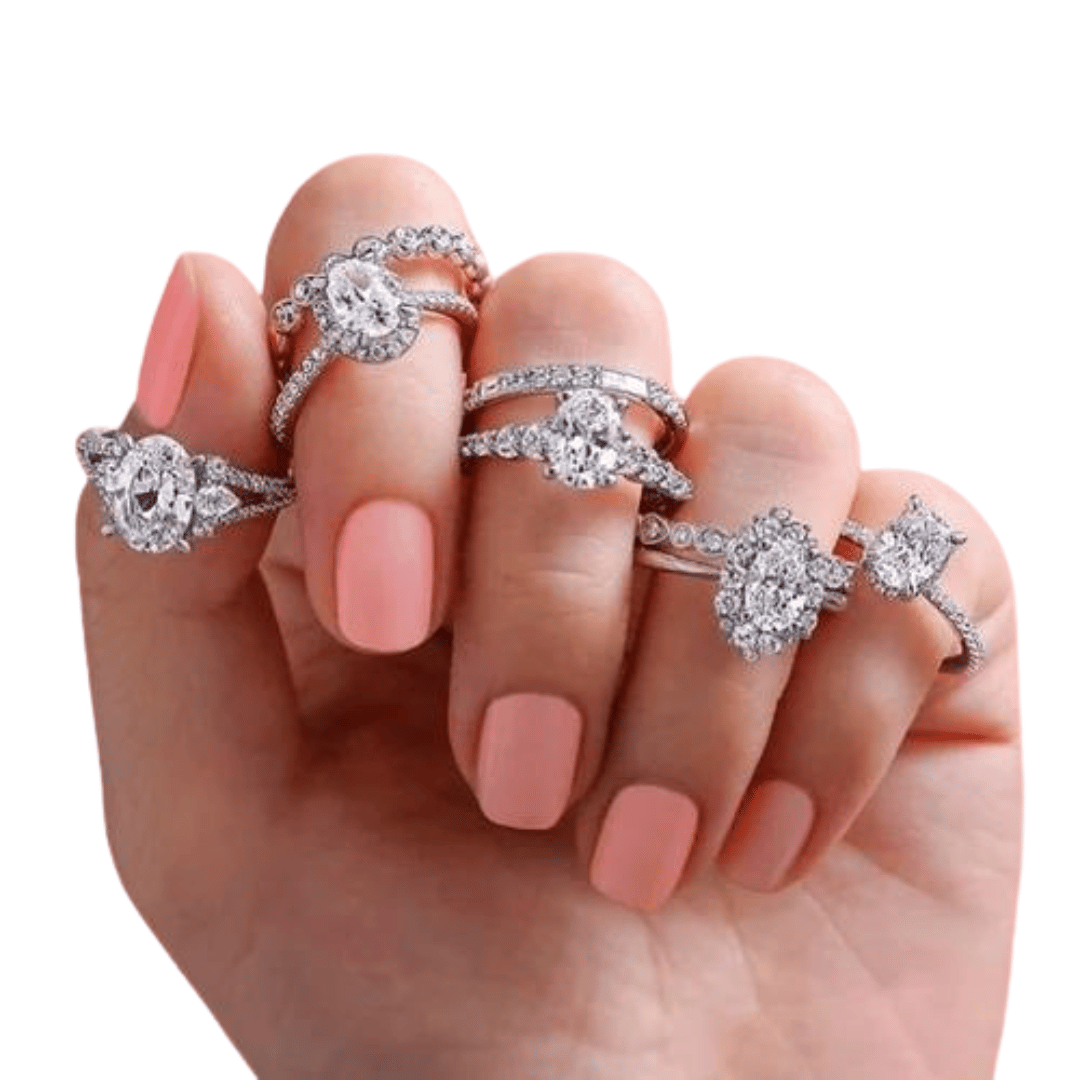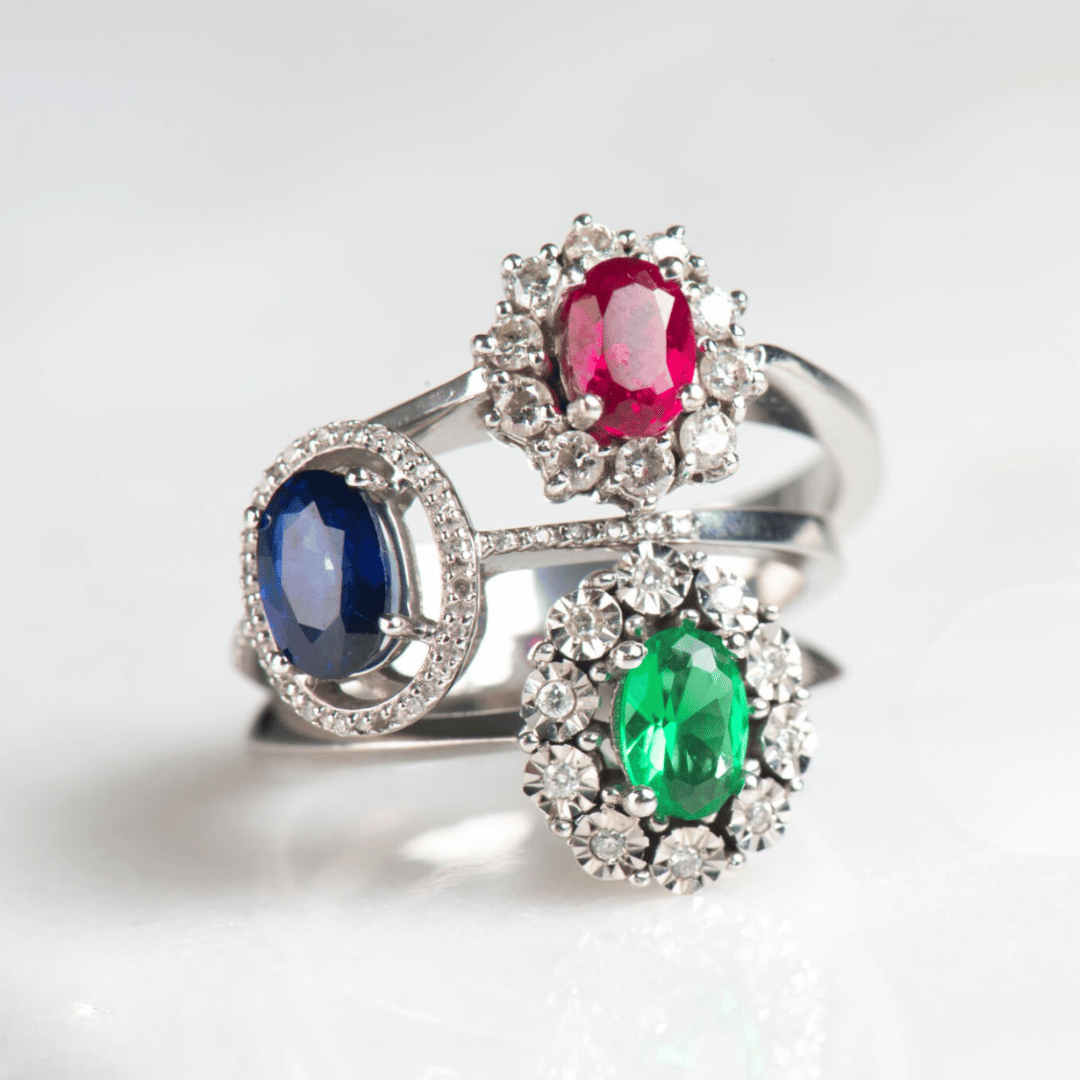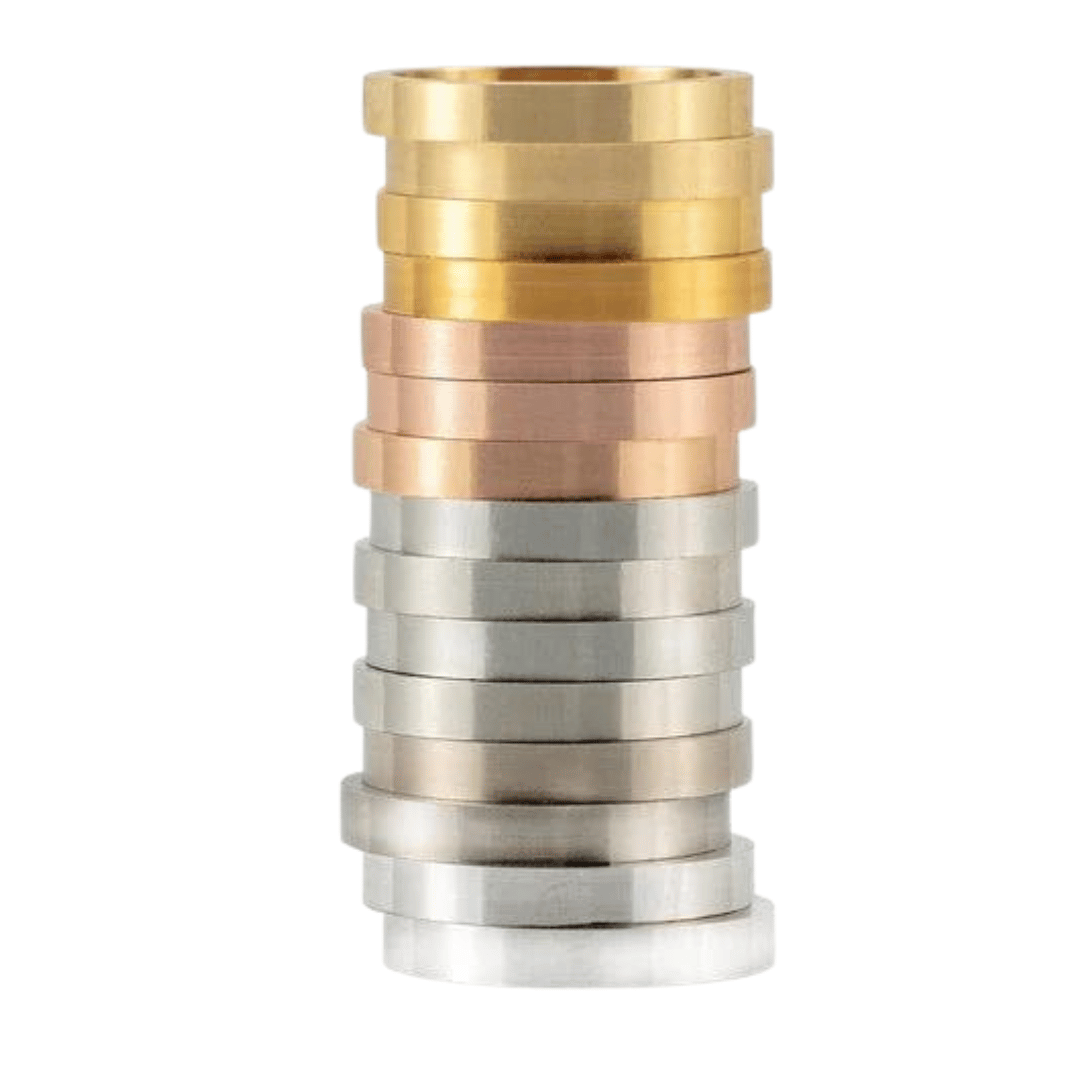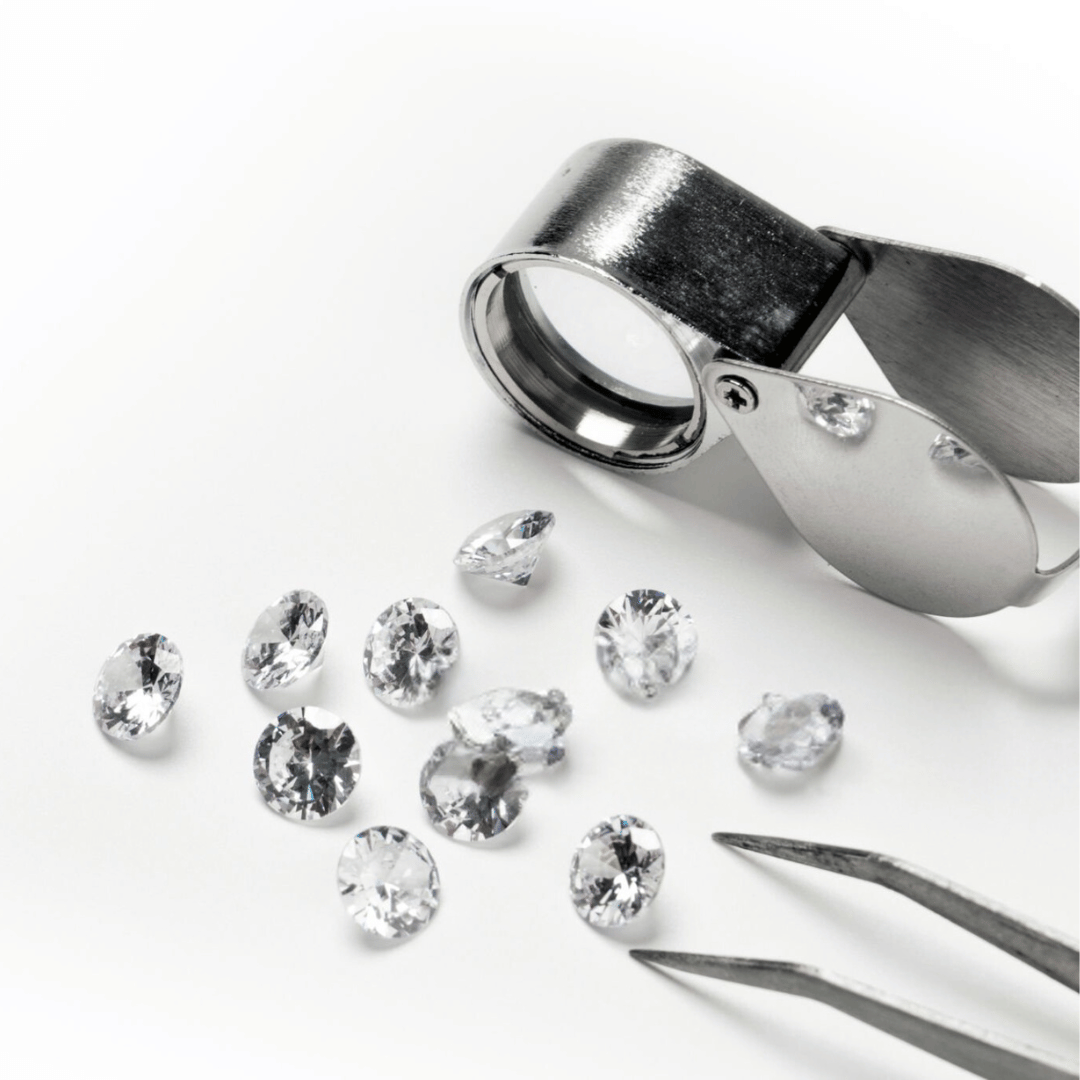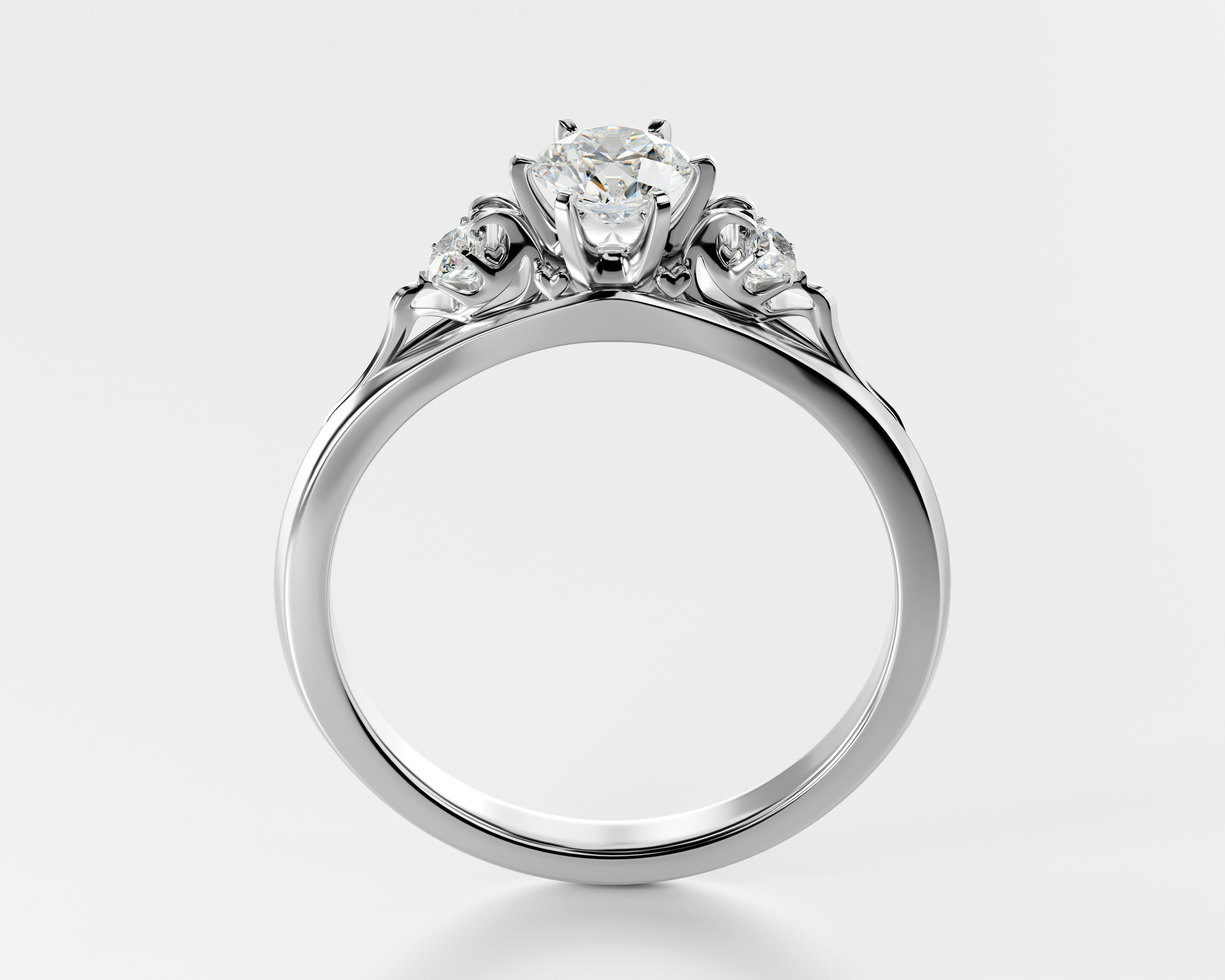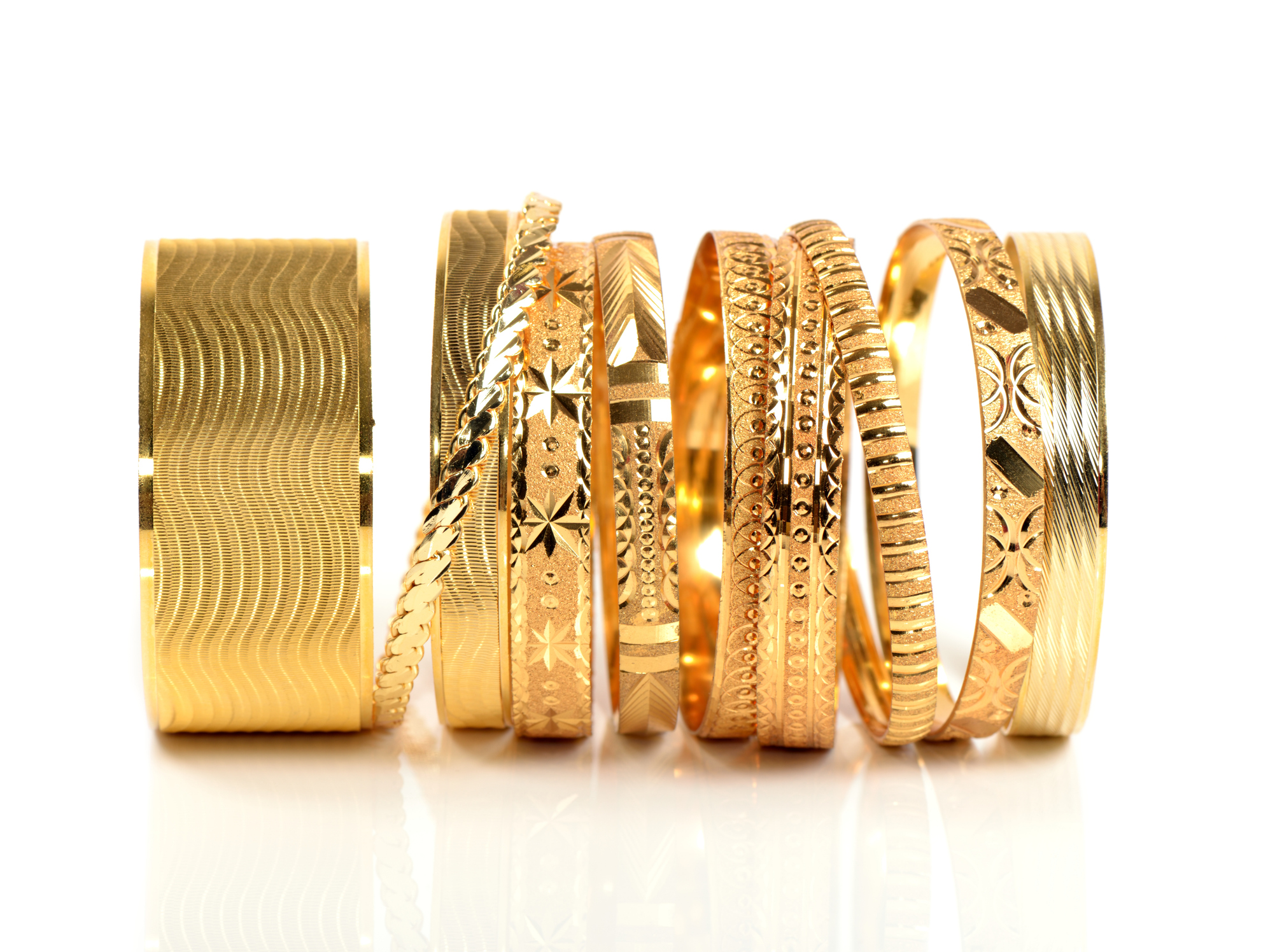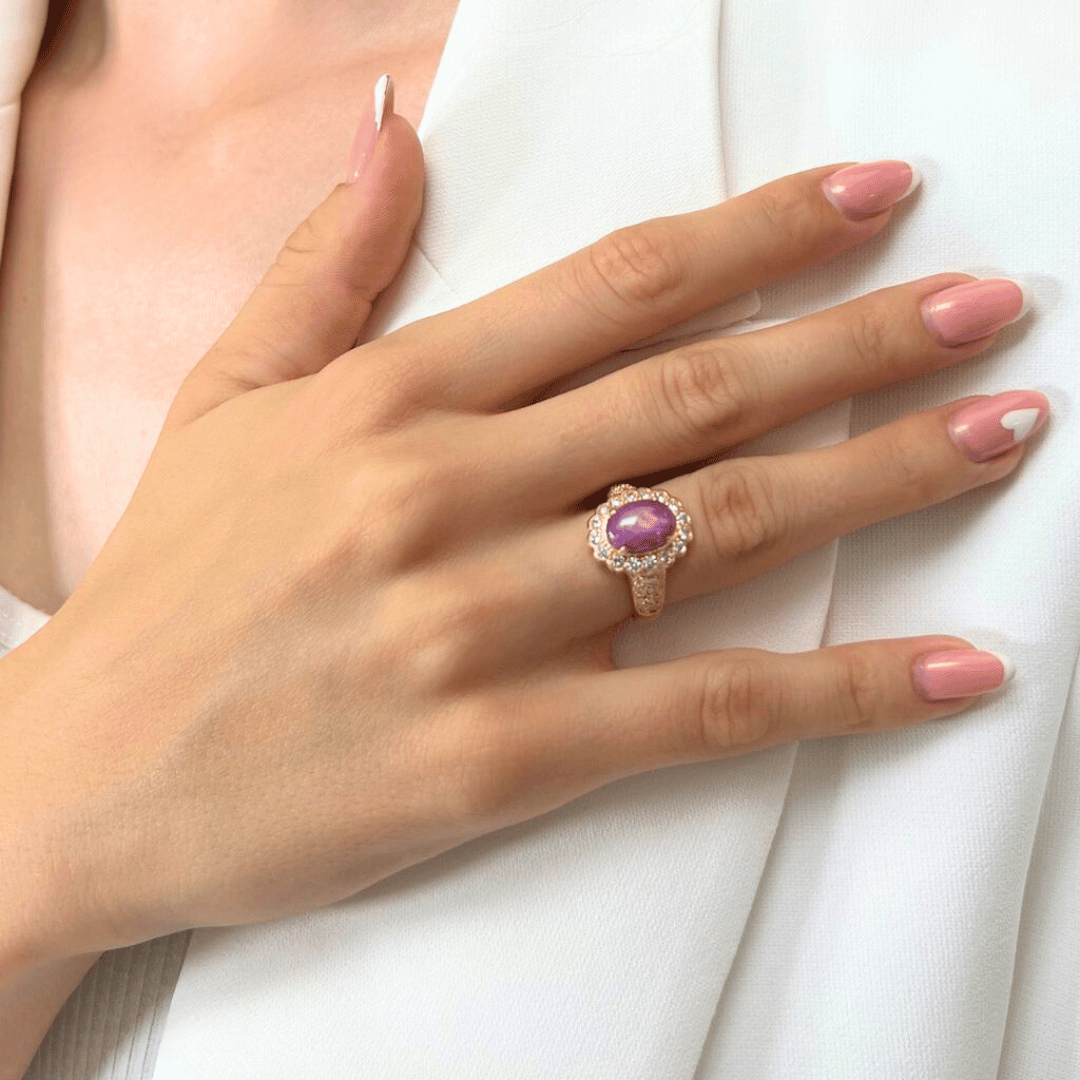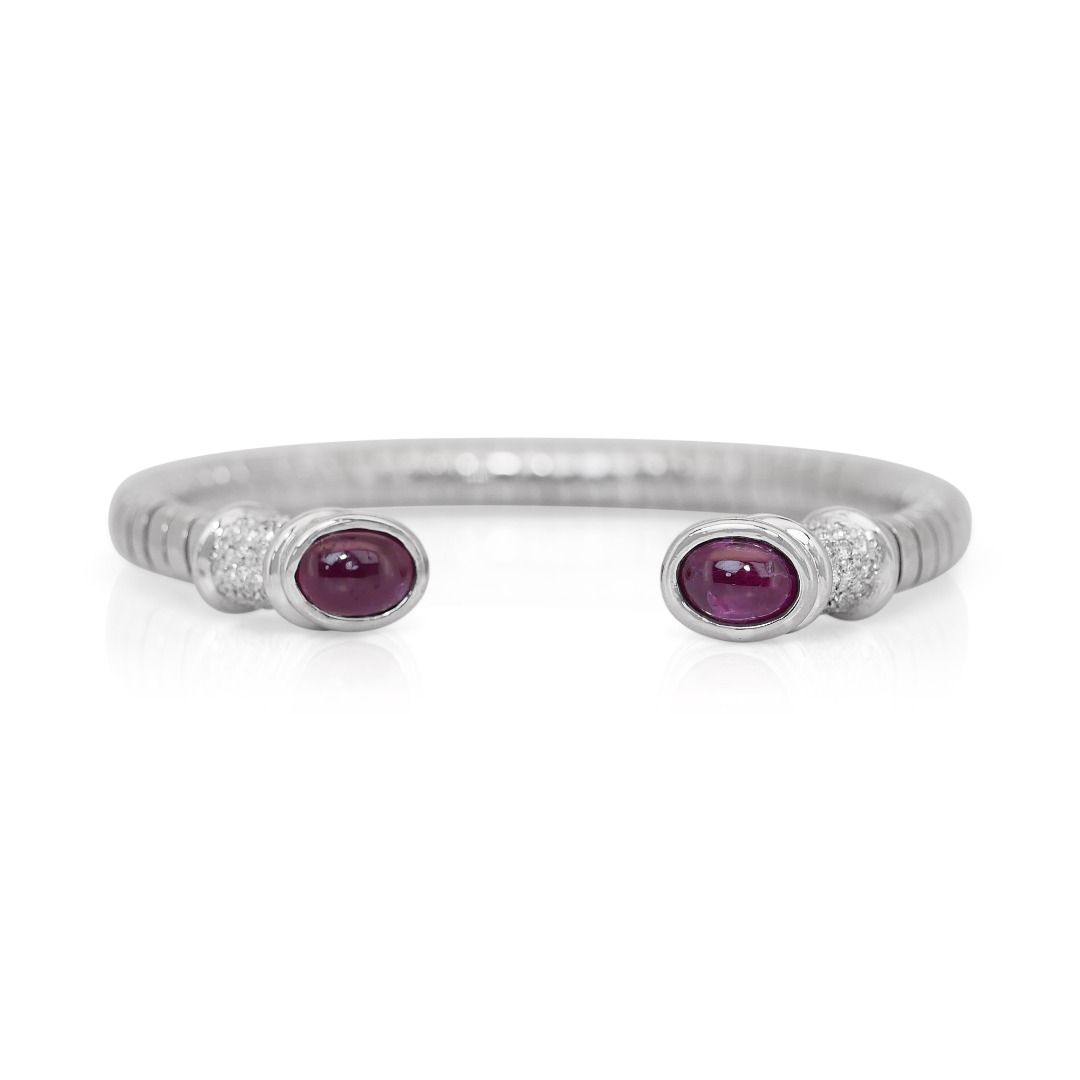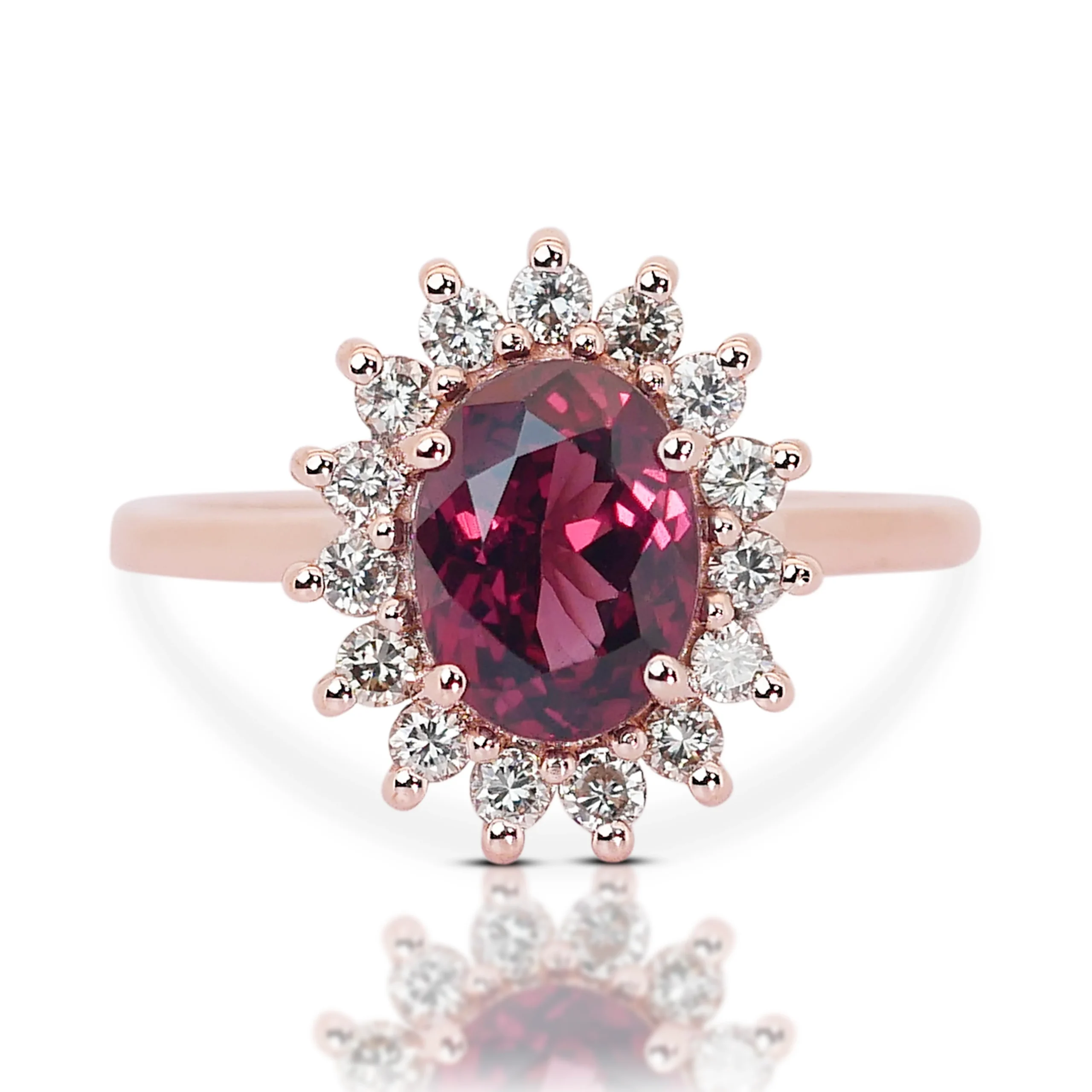The Hardest Material In The World, Diamonds And Mohs Scale
The Hardest Material in the World, Diamonds and Mohs Scale
Key Highlights:
- Diamonds Rule: The Mohs scale, created by Friedrich Mohs in 1812, ranks minerals based on scratch resistance. Diamond reigns supreme as the hardest natural material (Mohs 10).
- Testing Toughness: Minerals are tested based on their ability to scratch each other. A harder mineral will scratch a softer one.
- Beyond 10: While the scale originally had 10 minerals, others can be assigned a hardness level by comparison.
- Hardness Matters in Gems: Jewellers use the Mohs scale to assess a gemstone’s durability. Softer stones (like some turquoise) are more susceptible to scratches. Generally, gems for everyday wear should have a Mohs hardness of 7 or above.
- Diamonds: King of Hardness, But Not Absolute: The Mohs scale is relative. Diamonds are four times harder than sapphires and rubies (Mohs 9), but only slightly more than topaz (Mohs 8).
Have you ever wondered what gives diamonds their legendary toughness? The secret lies in their position on the Mohs scale of mineral hardness, a system devised by the German mineralogist Friedrich Mohs back in 1812. This scale is an ingenious tool that ranks minerals according to their ability to scratch one another, providing a practical method for assessing their hardness. Diamonds sit at the very top of this scale, earning a perfect score of 10, which means they can scratch all other substances but remain unscathed by any. This unmatched hardness is a key reason why diamonds are so durable and why they have been cherished for centuries as symbols of strength and endurance. Whether adorning a piece of fine jewelry or cutting through other materials, a diamond’s exceptional toughness is a testament to its remarkable place in the natural world.
1. The Mohs Scale: A Ranking of Toughness
Most products fall between these two extremes. For example, a restaurant provides a physical good, but also provides services in the form of ambience, the setting and clearing of the table, etc.
2. Testing for Toughness: The Scratch Test
Mohs cleverly devised a test based on scratching. A harder mineral will scratch a softer one, but not vice versa. Minerals are tested against each other until their rightful place on the scale is determined.


3. Beyond the Basics: Refining the Scale
While Mohs initially proposed ten reference minerals, the system has evolved. Today, other minerals can be assigned a hardness level by comparing them to the established benchmarks. Additionally, the scale now acknowledges that hardness can vary within a mineral depending on its origin and quality.
4. Hardness in the World of Gems
The Mohs scale is crucial for gemstones, indicating their suitability for daily wear. Softer stones like turquoise (5-7 on Mohs) are more prone to damage, making them less ideal. Generally, a hardness of 7 or above is preferred for durable precious stones.
5. Diamonds Reign Supreme, But Nuance Matters
It’s important to remember that the Mohs scale is a relative measure. While diamonds are undeniably the hardest, the scale doesn’t provide absolute values. For example, diamonds are four times harder than sapphires and rubies (both corundum with a Mohs hardness of 9). Interestingly, ruby is only twice as hard as topaz (Mohs hardness of 8).
6. A Handy Guide to Popular Gems (Hardness 7 and Above):
- Diamond
- Sapphire
- Ruby
- Topaz
- Quartz (including rose quartz, smoky quartz, etc.)
- Turquoise (at its highest hardness)

Conclusion
Understanding the Mohs scale deepens your appreciation of gemstone durability, revealing the qualities that make each stone resilient and enduring. Created by Friedrich Mohs, this scale ranks minerals by their ability to resist scratching, offering practical insights into a gem’s hardness. Armed with this knowledge, you can make informed decisions when selecting a gemstone, ensuring that it not only captivates with its beauty but also withstands the challenges of everyday wear. Whether you’re drawn to the brilliant sparkle of a diamond, renowned for its top position on the Mohs scale, or the rich, alluring color of a sapphire, the Mohs scale equips you to choose a gemstone that will remain a lasting treasure. By selecting a stone that aligns with your lifestyle and preferences, you invest in a piece of jewelry that transcends fleeting trends, becoming a cherished part of your journey for years to come.




